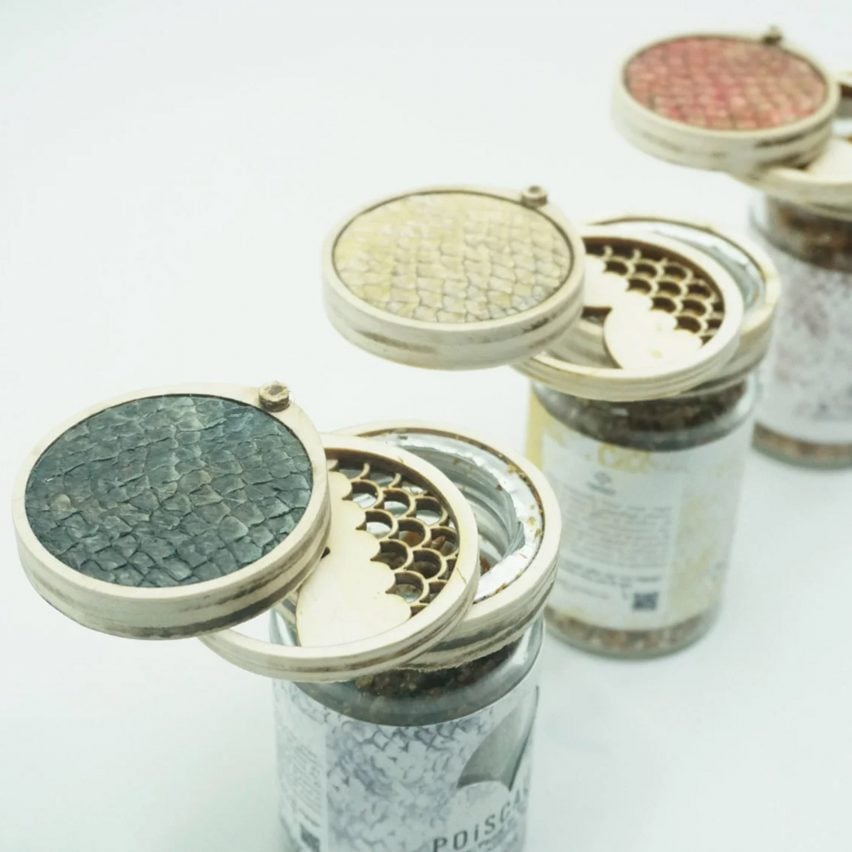Dezeen School Shows: boldly-coloured bowls that change how consumers interpret flavours and salt made with fish skins and scales are included in this latest roundup of student projects published on Dezeen.
These industrial design, food design and product design students have proposed tableware and food-related projects that explore varying themes, including ways to minimise food waste and the renewal of existing products using modern technology.
The selection of projects comes from product design, food design, furniture design and industrial design courses at both UK and international institutions including The Hong Kong Polytechnic University, Vilnius Academy of Arts, University of the Arts London and Arts University Bournemouth.
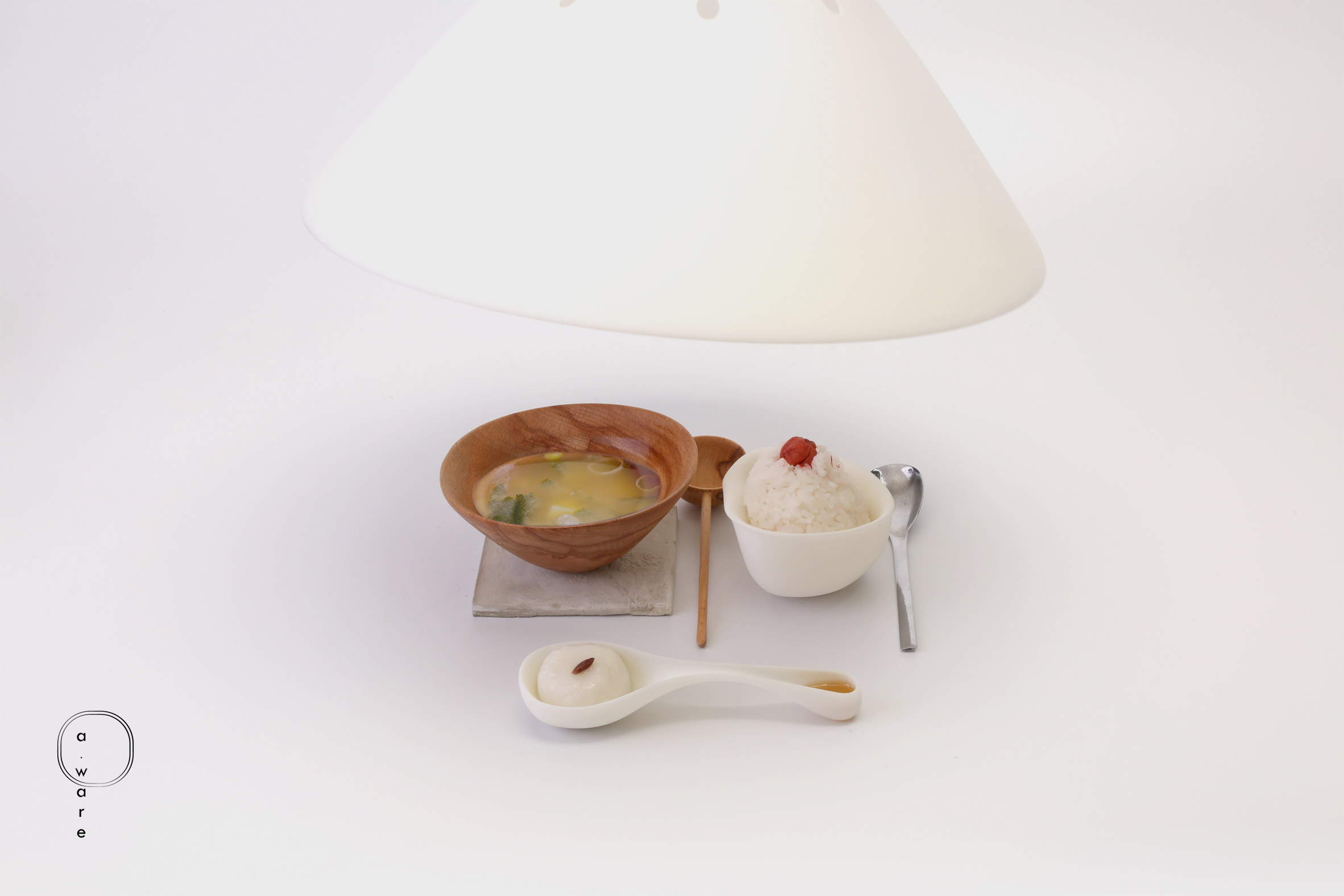
Product design student Lam Sze Yu Billy created a range of tableware pieces that encourage users to engage all of their five senses while eating.
The set aims to promote mindful consumption of food to improve overall wellbeing, offering users a chance to slow down amid their fast-paced lifestyles.
“Five senses are how people perceive the world. However, people forget the experience of sight, hearing, smell, taste and touch during eating because of the fast pace of living,” said Billy.
“A sensory eating experience can be created through concentration and focus while practising mindfulness, which is a method of achieving good mental and physical health.”
Student: Lam Sze Yu Billy
School: The Hong Kong Polytechnic University
Course: BA (Hons) in Product Design
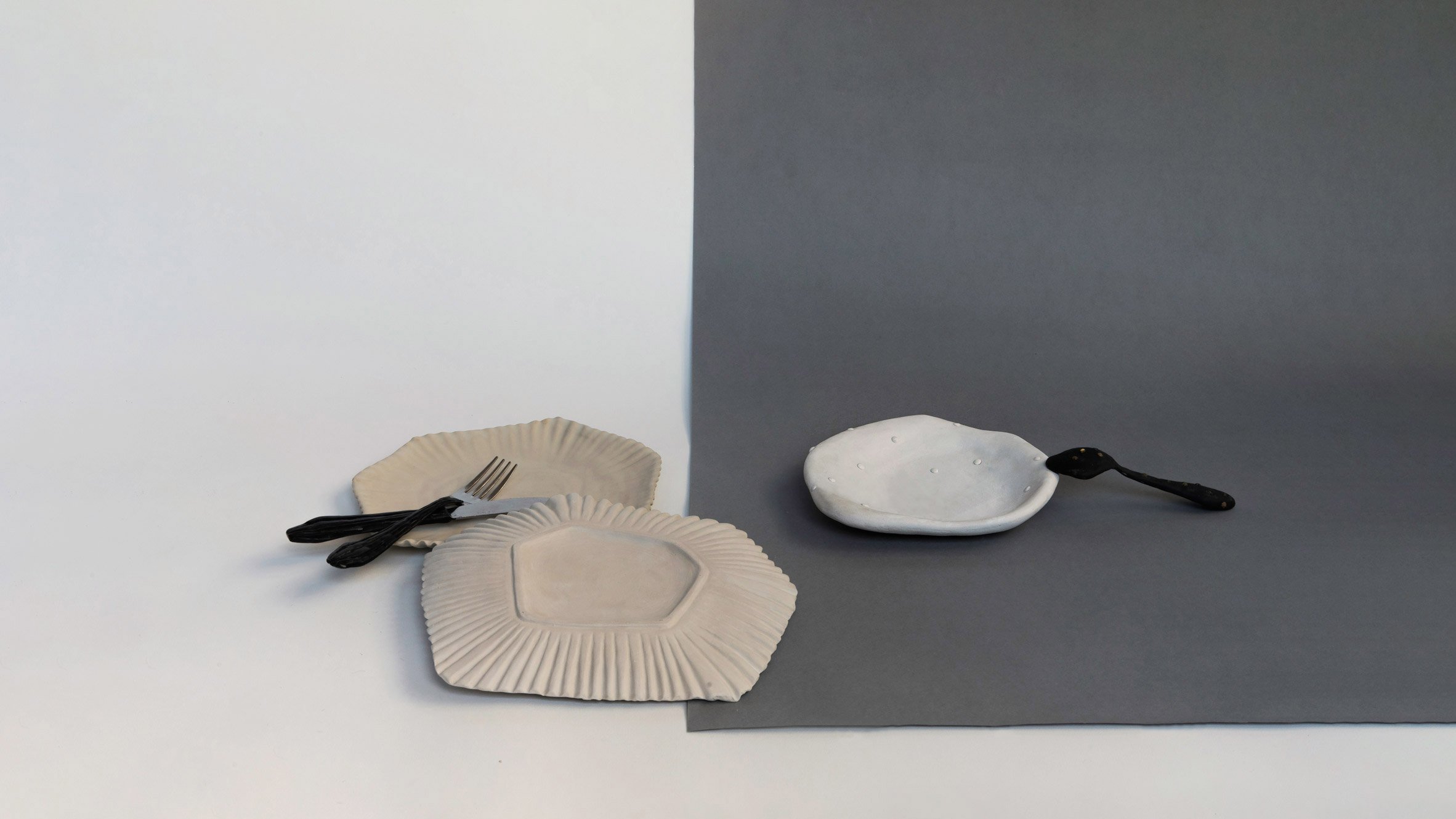
Product design student Micol Zardi created a selection of tableware pieces of varying forms, colours, textures and weights to create a dining experience that immerses all five senses.
Zardi aims to alter how users interpret and react to flavours through her tableware, creating an unpredictable dining experience.
“Sensation transference is what links our senses with flavour and allows for multi-sensoriality to induce new experiences by the diner,” explained Zardi.
“When the five senses are manipulated and controlled while eating, the diner’s perceptions of flavour are changed.”
Student: Micol Zardi
School: Edinburgh College of Art
Course: BA Product Design
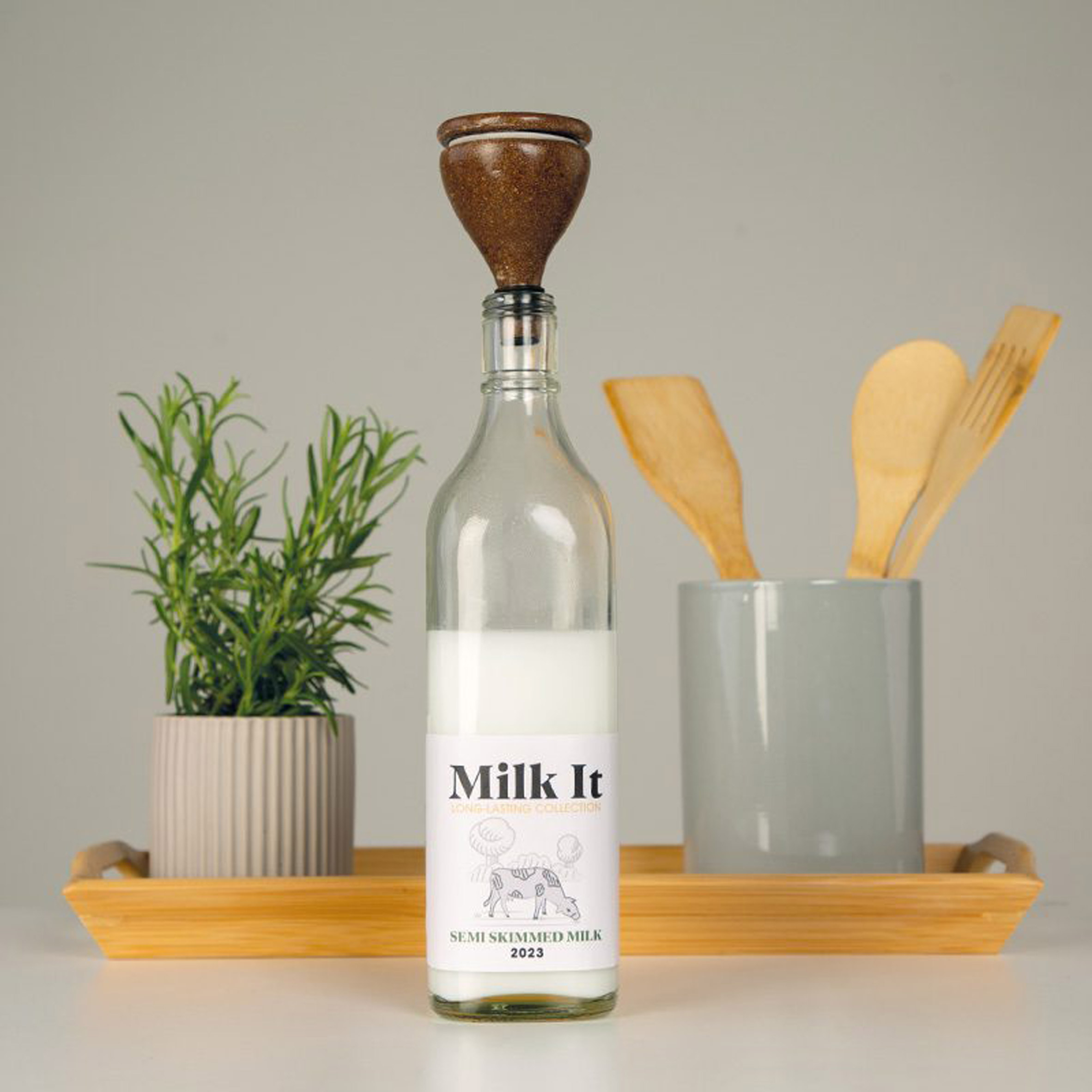
Aiming to promote the different uses of soured milk and reduce waste, industry design student Rebecca Newton designed a product that safely monitors and suggests uses for soured milk.
A biosensor detects the different levels of the milk, suggesting the most suitable uses at each stage as well as a selection of recipes to inspire use.
“Developing flavours and leavening properties make souring milk ideal for cooking and baking,” said Newton. “Milk It includes a packaging and brand design inspired by products that romanticise ageing.”
“These elements come together to increase milk’s intrinsic value, reduce ambiguity and instil confidence in utilising souring milk within the home.”
Student: Rebecca Newton
School: Northumbria University
Course: Design for Industry
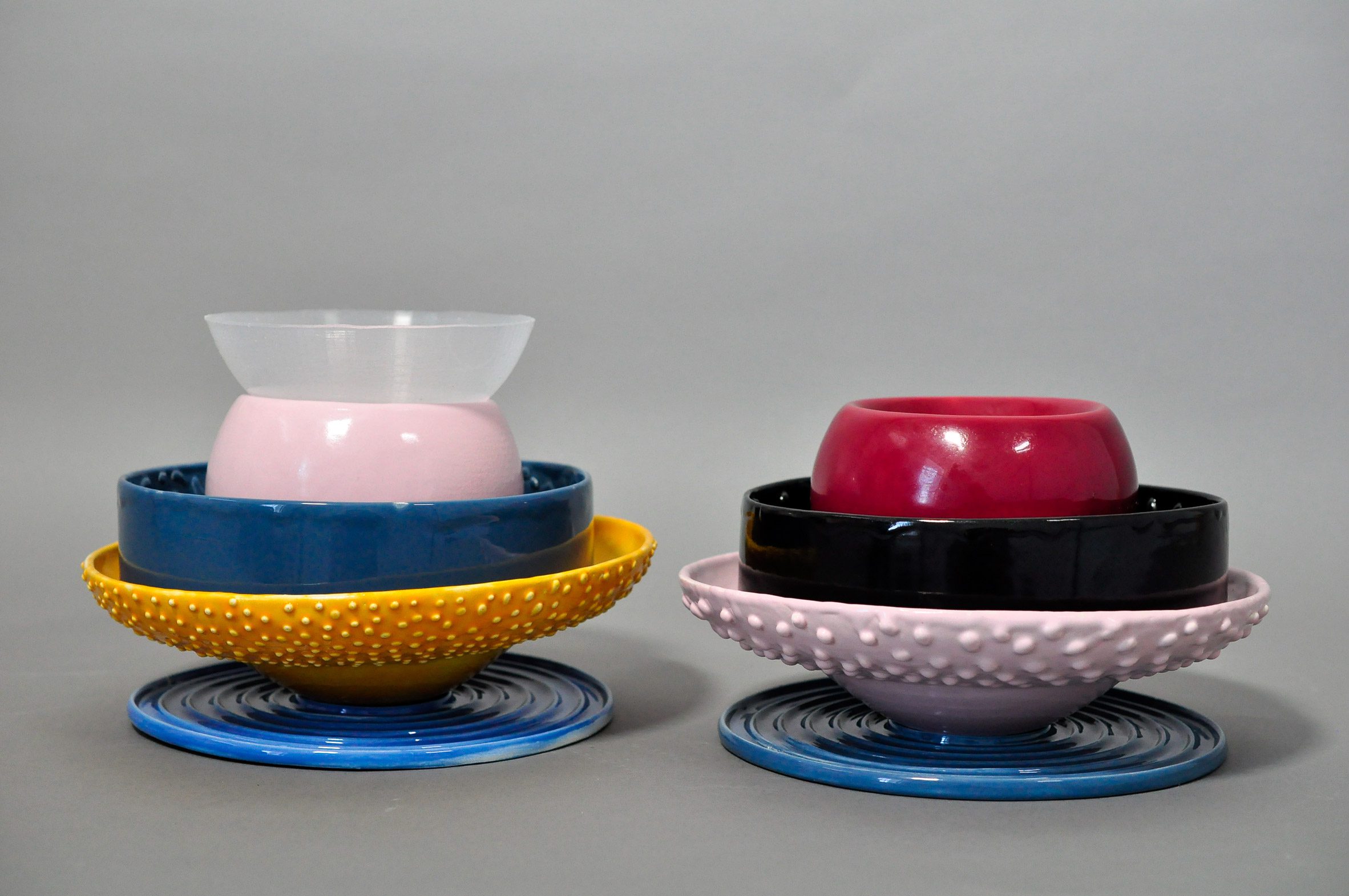
Sensorielle by Helia de la Kethulle
Heila de la Kethulle, a product and furniture design student, created tableware pieces inspired by research surrounding factors that influence how our senses engage with food.
The collection features pieces that vary in shapes, textures and bold colours, exploring how they impact the dining experience.
“Sensorielle is a seven-piece tableware collection based on the recent findings of a new scientific field called gastrophysics, an interdisciplinary science that studies the factors that influence our multi-sensory experience while tasting food and drink,” explained Kethulle.
“It has been discovered that there is much more interplay between our senses than previously believed to be – Sensorielle uses design as a tool to manifest the findings of gastrophysics.”
Student: Helia de la Kethulle
School: University of the Arts London
Course: BA Product and Furniture Design
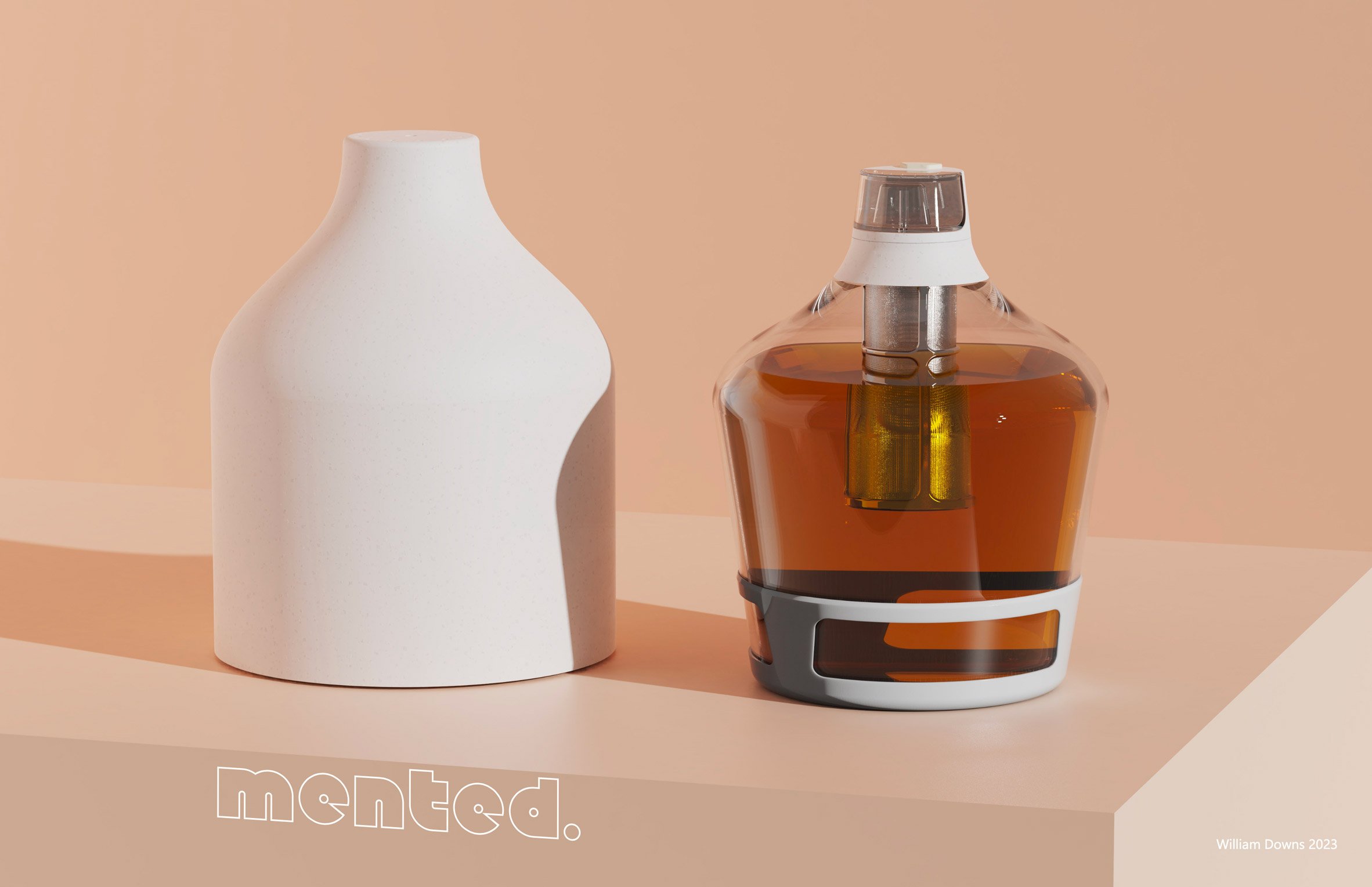
Industrial design student William Downs developed a fermenter for fruit wine designed for beginners to replace existing do-it-yourself kits that Downs describes as outdated and difficult to use.
By integrating modern aesthetic trends, Downs aims to attract a wider audience and create a less intimidating approach to the activity.
“Traditional at-home kits are complex, outdated and unknown to many potential users, often leading to errors such as overfilling, which can cause explosions,” said Downs.
“Mented resolves these issues by including a built-in sieve with a fill line indicating how much fruit and liquid to add.”
Student: William Downs
School: Georgia Institute of Technology
Course: BS Industrial Design: Invention Studio
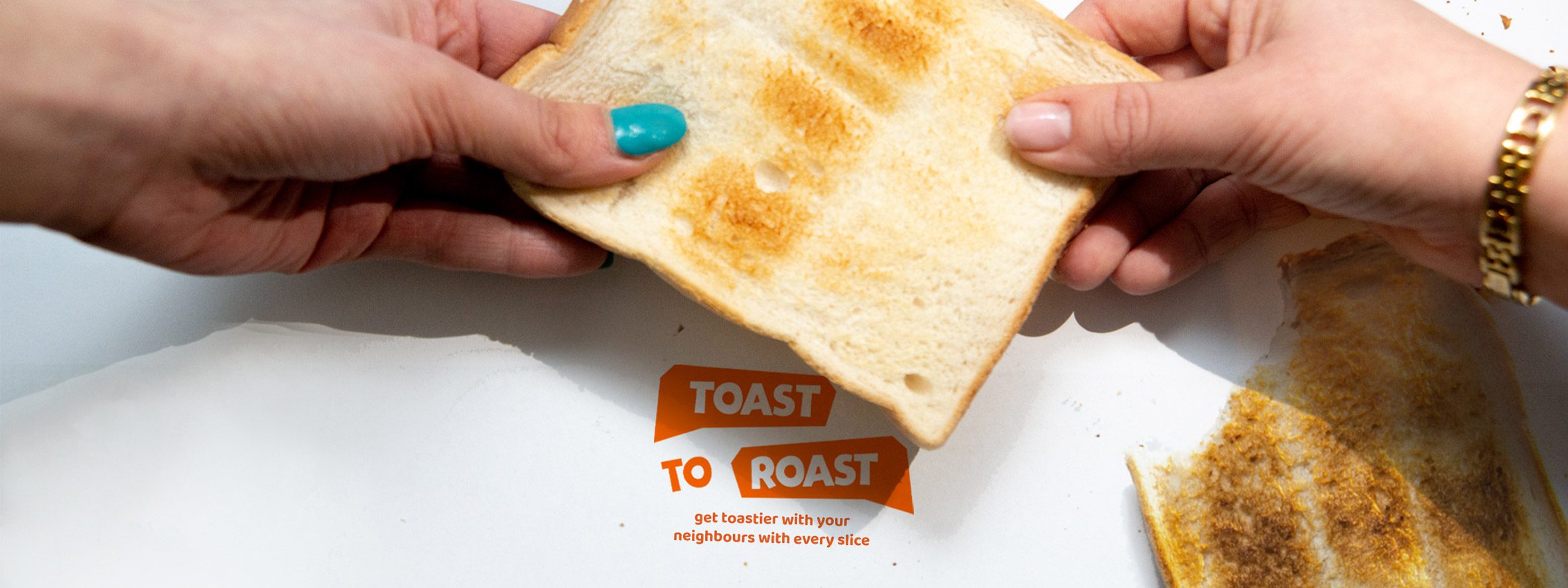
Josie Field created a proposal that builds a supportive community by gradually forming relationships through cooking while studying at Arts University Bournemouth.
Driven by the current cost-of-living crisis, Field aims to provide a way to share resources and save money.
“Toast to Roast encourages neighbourhood friendships to develop through cooking and sharing resources,” said Field.
“Beginning with low-commitment toast, to eventually cooking a roast dinner as a group once community trust has been built, this project promotes sharing food and energy resources.”
Student: Josie Field
School: Arts University Bournemouth
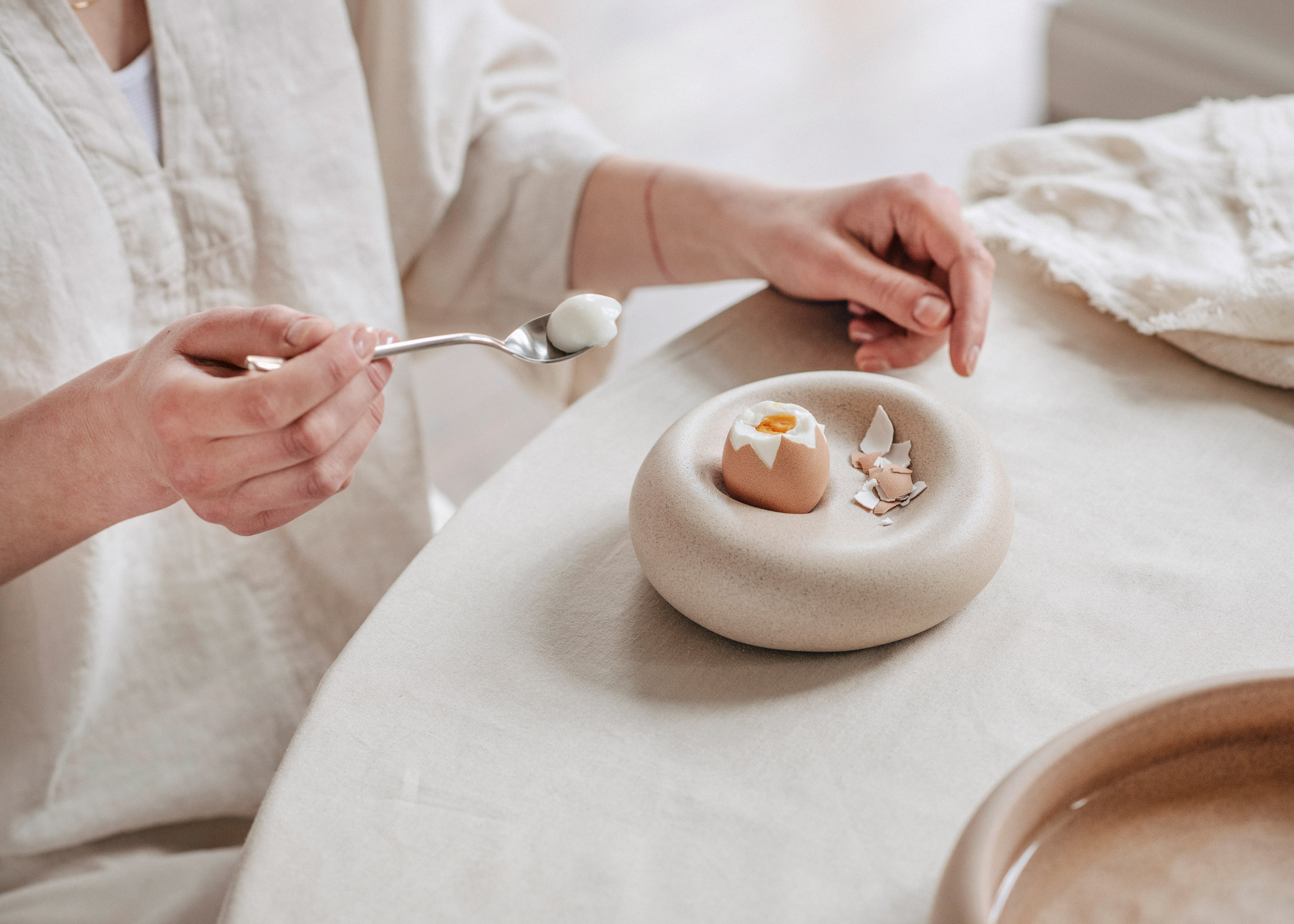
Eating Experiences by Viktorija Stundytė
Exploring the impact that tableware has on food and eating habits, design research and theory student Viktorija Stundytė designed a tableware collection, each piece designed for specific types of food.
The collection aims to enhance the dining experience, promoting sustainable food practices by raising awareness about the type of food that is being consumed.
“Expression reflected in the shape of tableware items both contributes to the sensory perception of food and creates space for learning – it coordinates eating behaviour in order to enhance mindful eating and focus on food choices and quantity,” explained Stundytė.
“The series of design objects aimed to create the sensory perception of food consists of seven different types of tableware accessories – serving dishes for water, berries, vegetables, eggs, seafood, meat and desserts.”
Student: Viktorija Stundytė
School: Design Innovation Centre of Vilnius Academy of Arts
Course: MA Design Research and Theory

Sensorielle by Helia de la Kethulle
Heila de la Kethulle, a product and furniture design student, created tableware pieces inspired by research surrounding factors that influence how our senses engage with food.
The collection features pieces that vary in shapes, textures and bold colours, exploring how they impact the dining experience.
“Sensorielle is a seven-piece tableware collection based on the recent findings of a new scientific field called gastrophysics, an interdisciplinary science that studies the factors that influence our multi-sensory experience while tasting food and drink,” explained Kethulle.
“It has been discovered that there is much more interplay between our senses than previously believed to be – Sensorielle uses design as a tool to manifest the findings of gastrophysics.”
Student: Helia de la Kethulle
School: University of the Arts London
Course: BA Product and Furniture Design
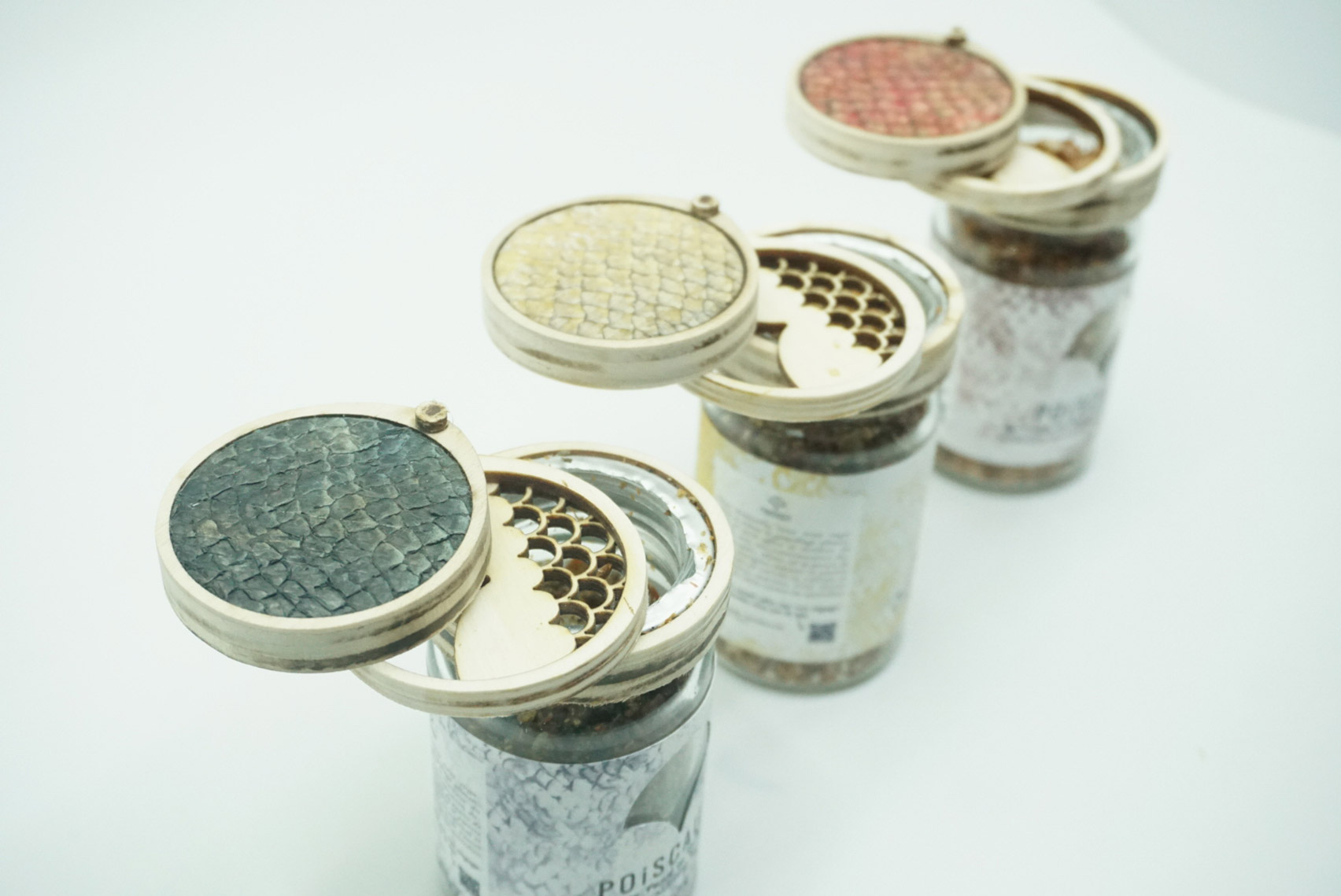
Yifan Zuo, a food design student, proposed a solution that aims to reduce food waste by utilising the nutrients found in fish skin and scales.
The project consists of salt made from fish skin and scales, packaged in containers made from fish leather.
“In order to add value to bio-food waste, Yifan Zuo had the idea of recycling fish skin and scales for regular consumption,” said Zuo’s tutor. “Poiscaille is a salt made from fish skin and scales, packed full of calcium and marine protein.”
“Excellent for our health, it helps us moderate our intake of ordinary salt and makes everyday dishes really tasty.”
Student: Yifan Zuo
School: L’École de Design Nantes Atlantique
Course: MDes Food Design
Partnership content
These projects are presented in school shows from institutions that partner with Dezeen. Find out more about Dezeen partnership content here.
The post Fish skin salt among student projects that scale up culinary experiences appeared first on Dezeen.

